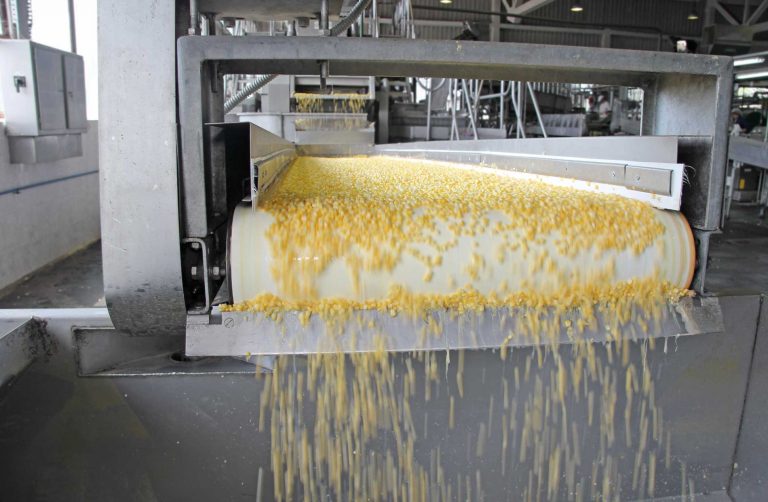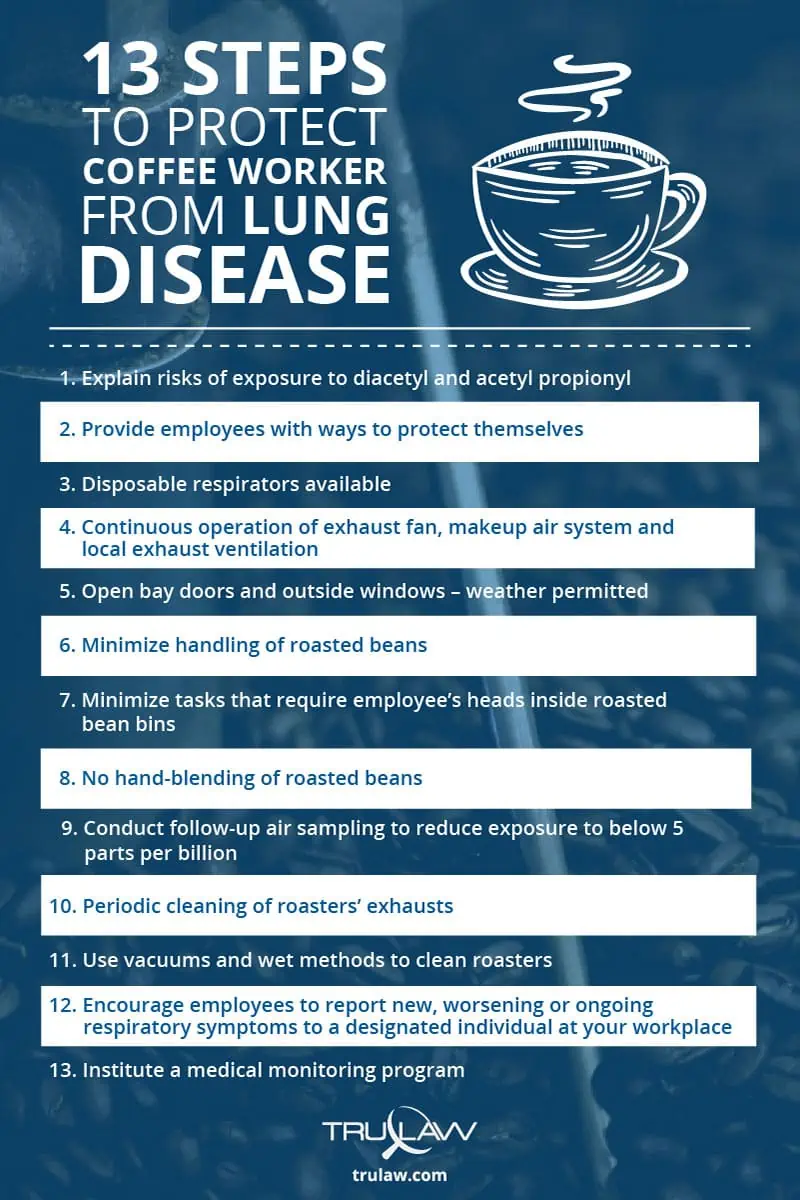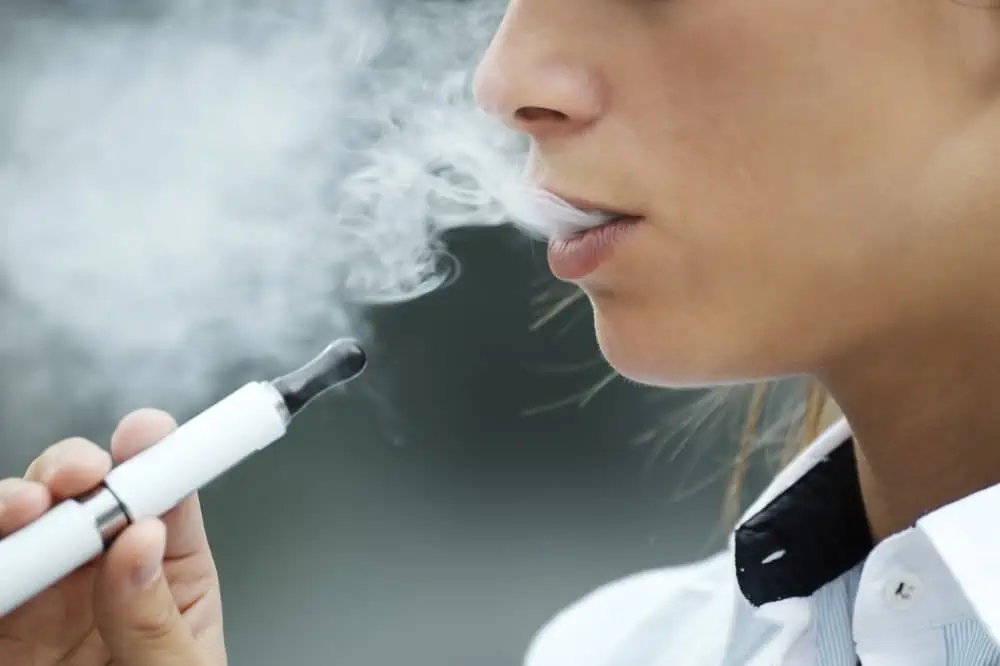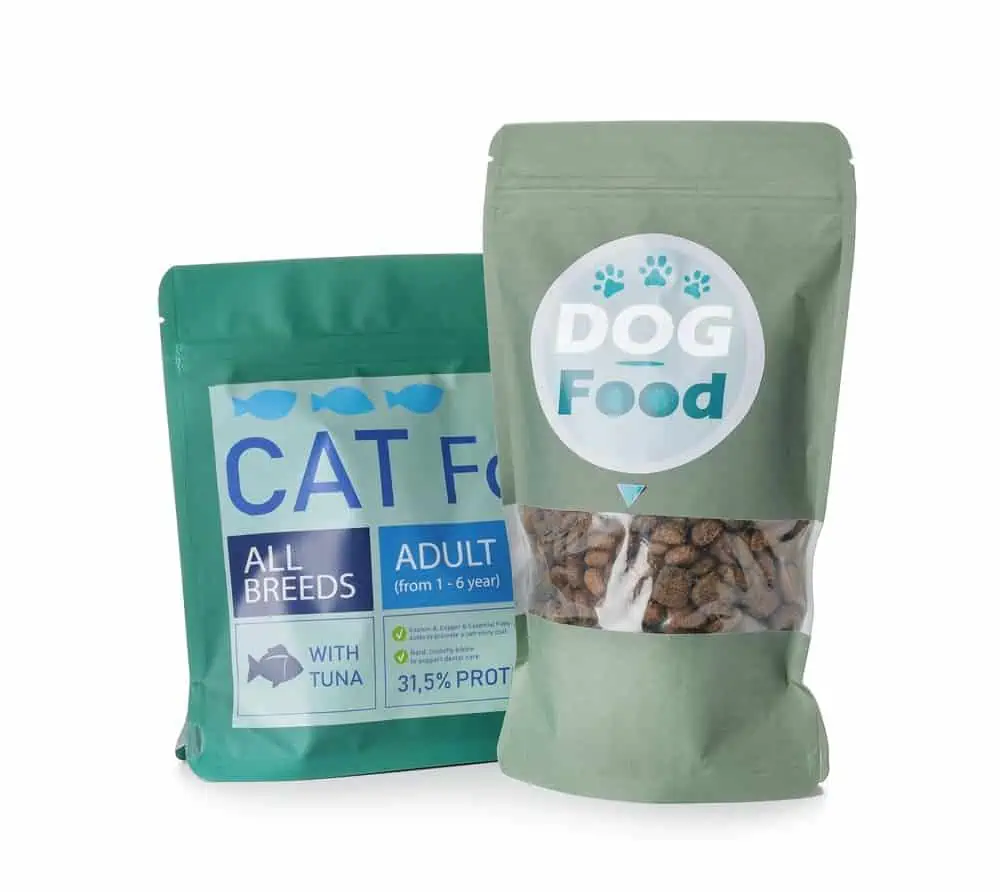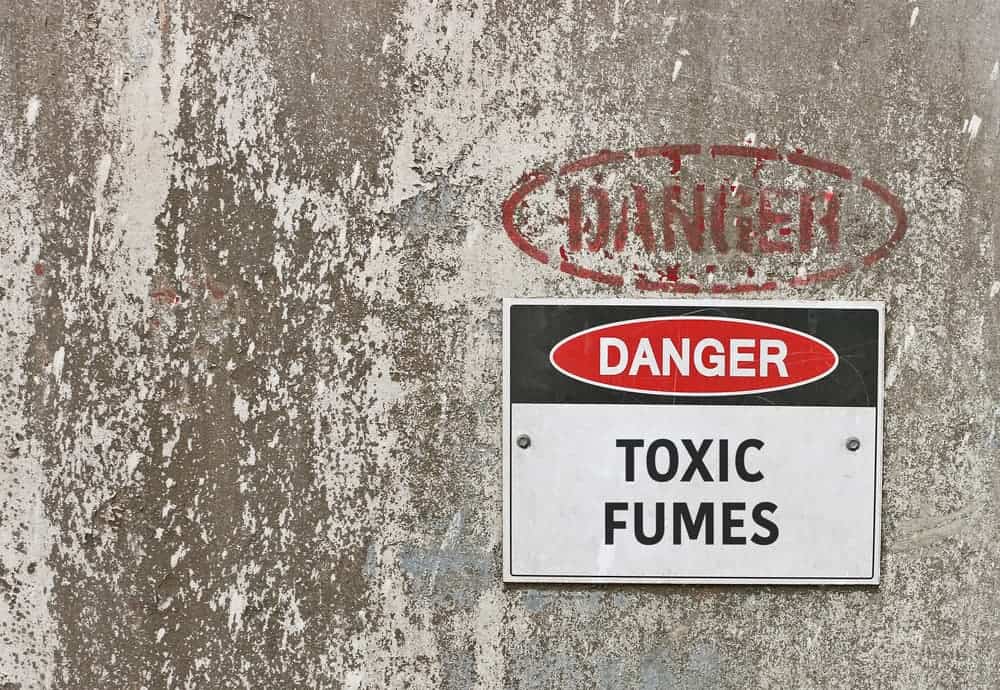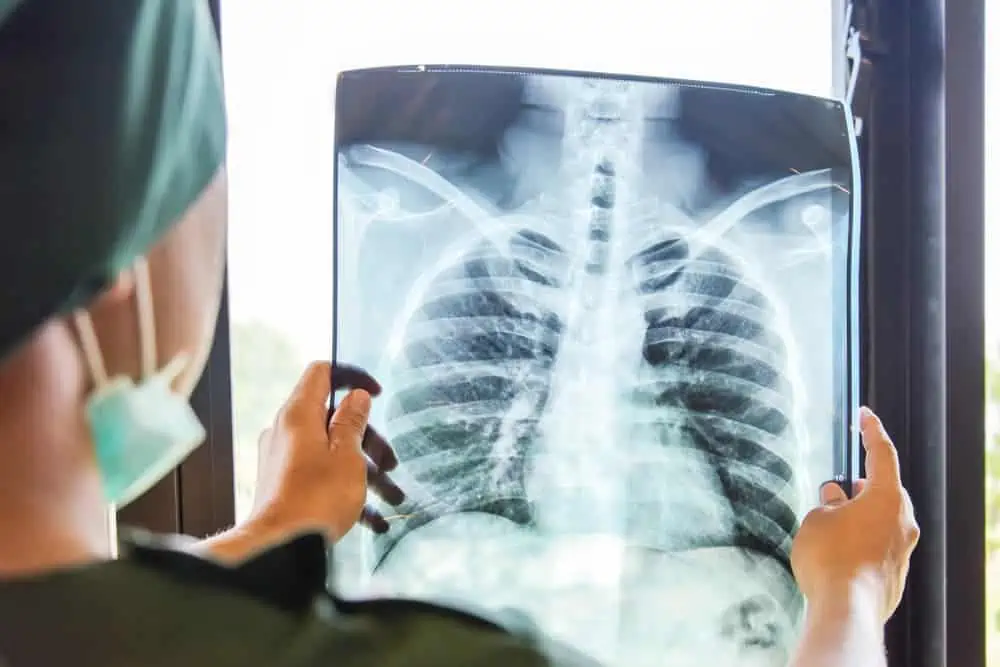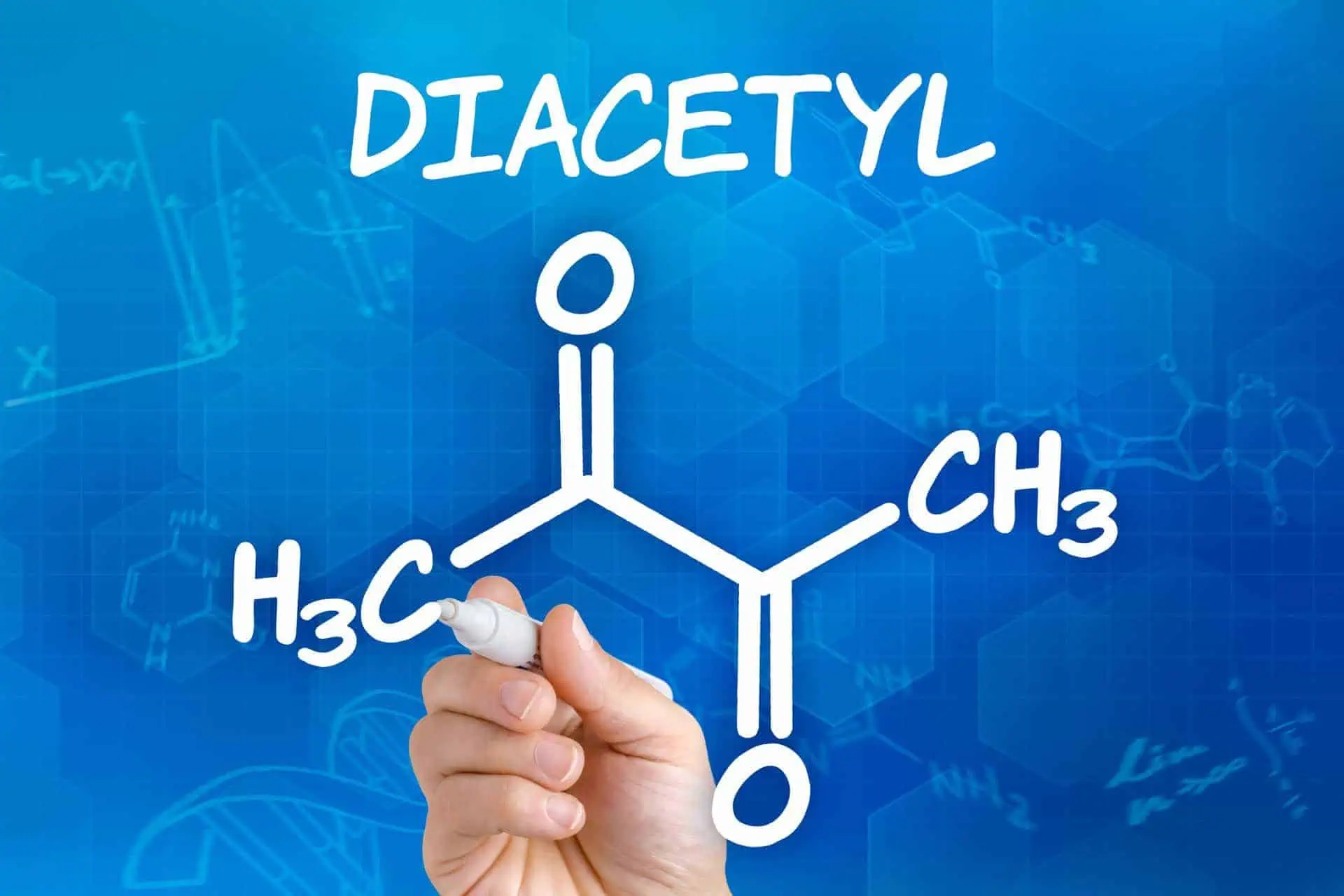Diacetyl is a chemical compound produced by yeast during fermentation.
But, chemical companies also manufacture diacetyl as a synthetic chemical using it as an artificial food additive in many consumer products.
In its synthetic state, diacetyl is a hazardous chemical used in manufacturing facilities throughout the United States.
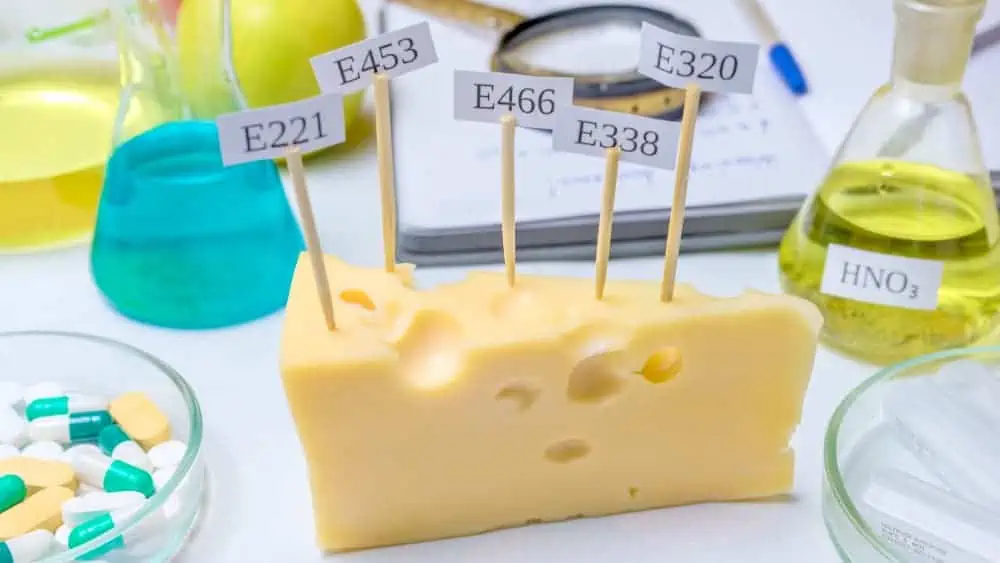
Diacetyl is a flavoring agent that is considered safe to eat but potentially hazardous when inhaled.
It is used to produce a variety of flavors in foods, particularly dairy flavors like butter and cheese, and brown flavors like caramel and butterscotch.
Diacetyl occurs naturally in some foods, such as dairy products, beer, and wine.
Due to its potential for causing respiratory illness, diacetyl has largely been phased out of the artificial flavoring industry and replaced with acetyl propionyl (AP).
Although AP (like diacetyl) is approved for use in food, some researchers have raised questions about the potential toxicity of AP inhalation due to structural similarities between the two chemicals.
The Centers for Disease Control and Prevention (CDC) has expressed concern that AP and diacetyl could be equally toxic.
 While there are currently no specific standards for occupational exposure to butter-flavoring or the chemicals diacetyl or acetyl propionyl, OSHA is investigating the flavorings-related lung diseases and is offering standards that regulate the workplaces to protect workers exposed to these substances.
While there are currently no specific standards for occupational exposure to butter-flavoring or the chemicals diacetyl or acetyl propionyl, OSHA is investigating the flavorings-related lung diseases and is offering standards that regulate the workplaces to protect workers exposed to these substances.
NIOSH conducted an analysis regarding diacetyl exposures and lower pulmonary function and found a relationship between the two.
A common way of reporting the concentration of diacetyl is to report the chemical in terms of parts per million.
NIOSH now recommends keeping exposure below a concentration of 5 parts per billion as a time-weighted average during a standard 40-hour work-week.
To protect against the risks of short-term exposure, NIOSH recommends a limit of 25 parts per billion for a 15-minute time period.
NIOSH recommends keeping occupational exposure to 2,3- pentanedione at 9.3 parts per billion in an eight-hour sample and 31 parts per billion during a 15-minute period.

Diacetyl is a flavoring agent that is considered safe to eat but potentially hazardous when inhaled.
Due to its potential for causing respiratory illness, diacetyl has been largely phased out of the artificial flavoring industry and replaced with acetyl propionyl (AP).
Although AP (like diacetyl) is approved for use in food, some researchers have raised questions about the potential toxicity of AP inhalation due to structural similarities between the two chemicals.
The Centers for Disease Control and Prevention (CDC) has expressed concern that AP and diacetyl could be equally toxic.
